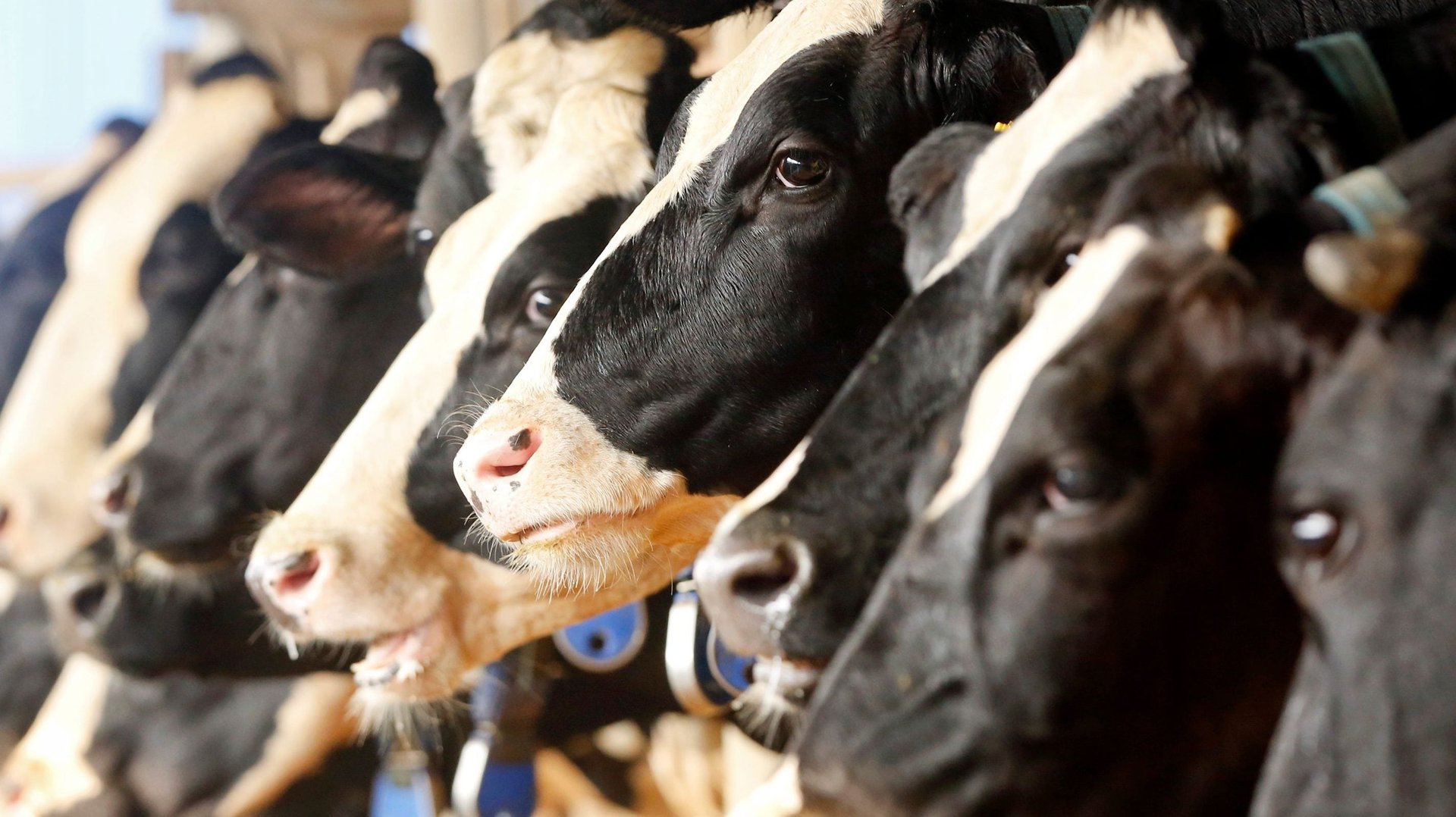There’s still room to innovate in the cutting-edge cow semen business
What do you get when the agricultural revolution and the sexual revolution collide? Sexed semen.


What do you get when the agricultural revolution and the sexual revolution collide? Sexed semen.
Back in the mid-1980s, researchers started experimenting with a process that separates sperm carrying X chromosomes from those carrying Y chromosomes. By the early 2000s, it was standard practice in the agricultural industry to sort sperm for artificial insemination. By using X-chromosome sperm only, farmers can all but ensure a female animal—carrying two X chromosomes, instead of one X and one Y—will be born.
It’s not a perfect technology. Compared to conventional artificial insemination, sexed semen typically results in fewer overall births. But researchers and farmers have plowed ahead to improve the technique, because the potential upside is so great: If you only need female animals, like cows to be milked, it’s both economical and ethical to avoid birthing males.
As recently as 2006, the technology was new enough that only 1.5% of Holstein heifers were bred using sexed semen. Two years later, that proportion jumped to 14.5%. And now, several companies—including ST Genetics, Trans Ova Genetics, and ABS Global—claim their sexed semen conception rates are just as good as semen that hasn’t been tampered with. With higher rates, they hope to drive even more adoption of the technique.
Continued innovation
As recently as 2016, ST Genetics claims, it was able to get 4 million X-chromosome sperm into an artificial insemination straw. To understand why that’s a big deal, you need to know a bit about sorting semen.
First, you have to actually acquire it. Cows will mount anything, so the industry collects semen when bulls attempt to mount steers—neutered male cows. When the bull is erect, a human worker will slip a fake cow vagina onto the bull’s penis. Then, when the bull mounts the steer and ejaculates, the semen goes into an attached container.
By using an expensive machine called a spectrometer, scientists can isolate the sperm they want from that sample. Using an electric force, dye, and lasers, they separate the X-chromosome carriers from the Y-chromosome carriers. Then the X-chromosome sperm are loaded as single doses into straws and frozen until use.
A straw with conventional semen carries about 20 million sperm—that includes Y-chromosome sperm, dead sperm, and sperm with defects (think two tails instead of one). By contrast, sexed semen straws initially only contained about 2 million X-chromosome sperm, and only the strongest ones. That’s why their conception rate was initially much lower.
This is where the private sector has made headway. By tinkering with the efficiency of the spectrometer and the biochemistry of the sperm, they figured out a way to include 4 million high-quality, X-chromosome sperm in individual straws. That’s double what was used in a recent Japanese study that determined normal bull semen is still the most reliable way to trigger conception—a 59.9% success rate to the high-tech sexed semen’s 47.3% success rate.
So…sexed swine semen?
ST Genetics sells sexed semen for at least five species of animal now, including cattle, horses, deer, sheep, and goats. The straws are sold for between $65 and $250 apiece, depending upon the species, quality, and use of the animal. (Sexed semen from a high-quality show pony, for example, might cost more than that from a goat.)
The next wave of innovation will be to expand sexed sperm to more species. ST Genetics plans to offer sexed swine semen, partnering with a firm in Canada to develop its new methods.
More than 100 years after the agricultural revolution began, innovation is still marching forward. The better the technology gets, the more money there is to be made getting food to our tables—and the fewer unnecessary animal lives there are to be lost.